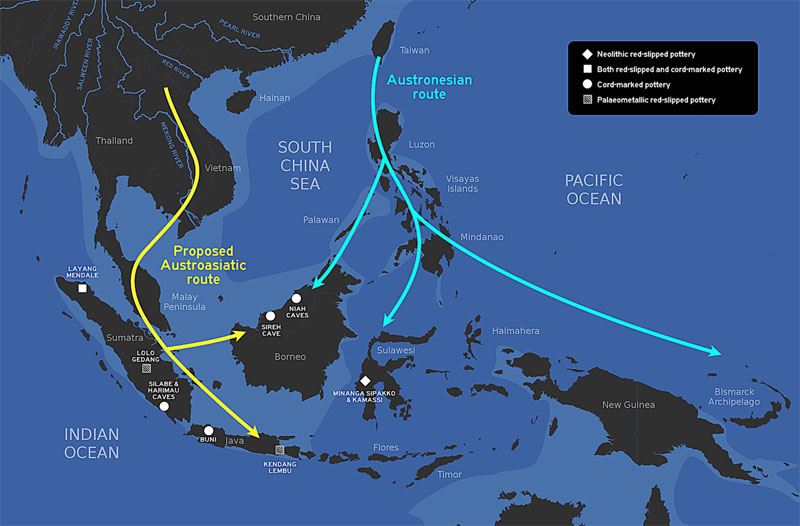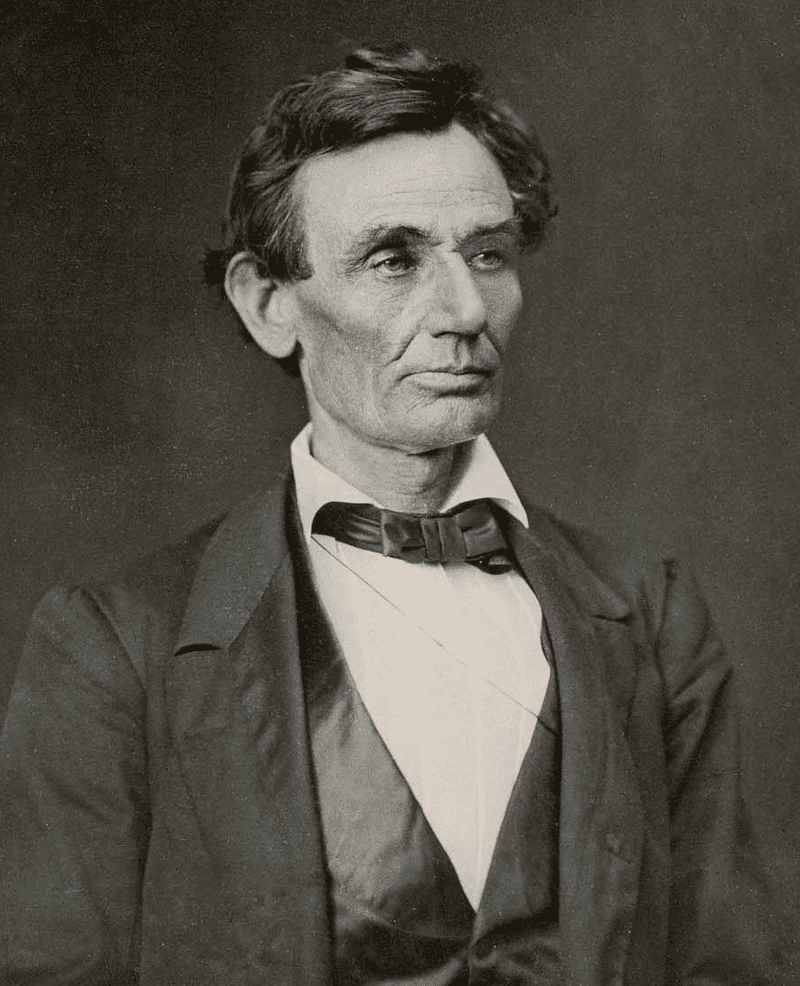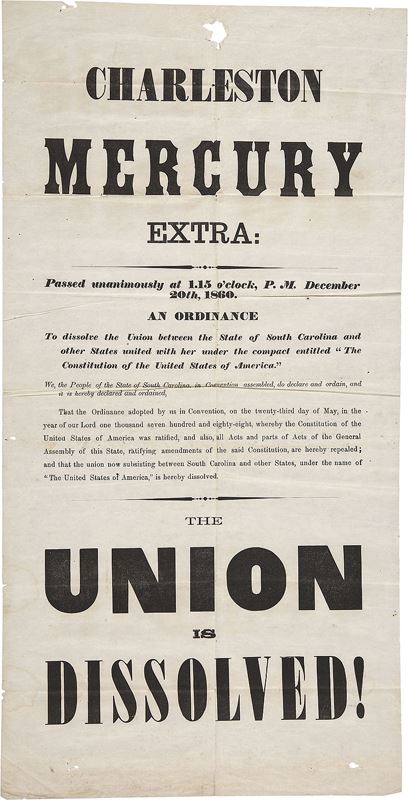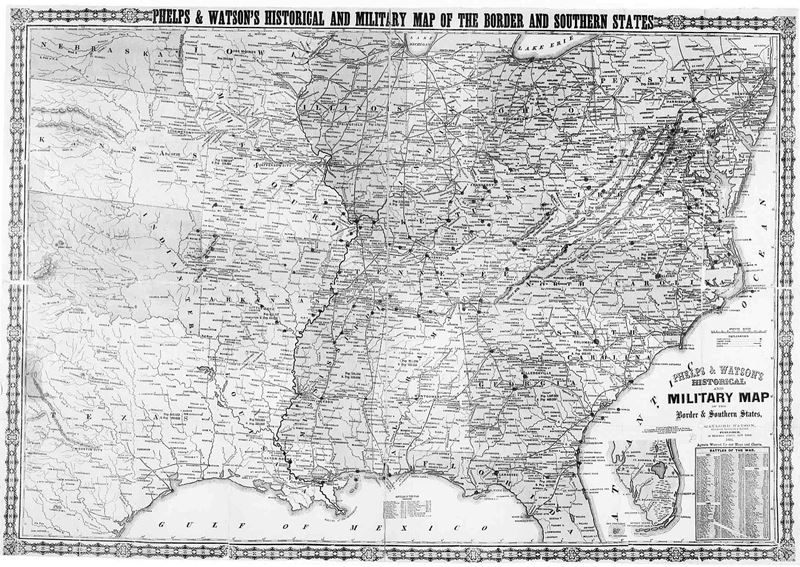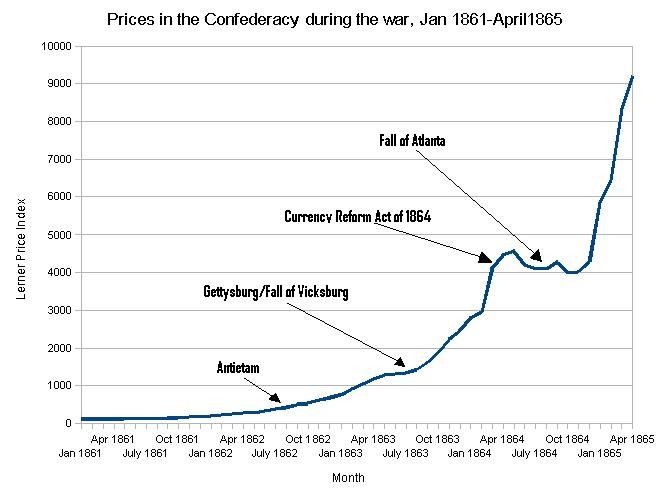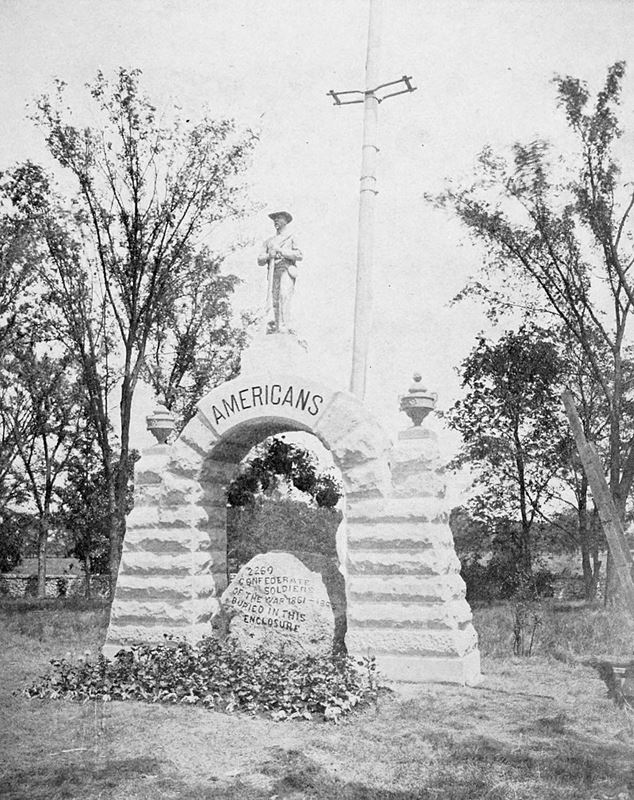The history of Vietnam can be traced back to around 20,000 years ago, as the first modern humans arrived and settled on this land, known as the Hoabinhians, which can be traced to modern-day Negritos. Archaeological findings from 1965, which are still under research, show the remains of two hominins closely related to the Sinanthropus, dating as far back as the Middle Pleistocene era, roughly half a million years ago.[1]
Pre-historic Vietnam was home to some of the world’s earliest civilizations and societies—making them one of the world’s first people who had practiced agriculture.[2][3] The Red River valley formed a natural geographic and economic unit, bounded to the north and west by mountains and jungles, to the east by the sea and to the south by the Red River Delta.[4] The need to have a single authority to prevent floods of the Red River, to cooperate in constructing hydraulic systems, trade exchange, and to repel invaders, led to the creation of the first legendary Vietnamese states approximately 2879 BC. While in the later times, ongoing research from archaeologists have suggested that the Vietnamese Đông Sơn culture were traceable back to Northern Vietnam, Guangxi and Laos around 700 BC.[5][6][7]
Vietnam’s long coastal and narrowed lands, rugged mountainous terrains, with two major deltas, were soon home to several different ancient cultures and civilizations. In the north, the Dongsonian culture and its indigenous chiefdoms of Van Lang and Au Lac flourished by 500 BC. In Central Vietnam, the Sa Huynh culture of Austronesian Chamic peoples also thrived. Both were swept away by the Han dynasty expansion from the north: The Han conquest of Nanyue brought parts of Vietnam under Chinese rule in 111 BC. In 40 AD, the Trưng Sisters led the first uprising of indigenous tribes and peoples against Chinese domination. The rebellion was however defeated, but as the Han dynasty began to weaken by the late 2nd century and China started to descend into a state of turmoil, the indigenous peoples of Vietnam rose again and some became free. In 192 AD, the Cham of Central Vietnam revolted against the Chinese and subsequently formed the independent kingdom of Champa, while the Red River Delta saw a loosening of Chinese control. At that time, with the introduction of Buddhism and Hinduism by the second century AD, Vietnam was the first place in Southeast Asia which shared influences of both Chinese and Indian cultures, and the rise of the first Indianized kingdoms Champa and Funan.
During these 1,000 years there were many uprisings against Chinese domination, and at certain periods Vietnam was independently governed under the Trưng Sisters, Early Lý, Khúc and Dương Đình Nghệ—although their triumphs and reigns were temporary. When Ngô Quyền (King of Vietnam, 938–944) restored sovereign power in the country with the victory at the battle of Bach Dang River, the next millennium was advanced by the accomplishments of successive local dynasties: Ngô, Đinh, Early Lê, Lý, Trần, Hồ, Later Trần, Later Lê, Mạc, Trịnh, Nguyễn, Tây Sơn and again Nguyễn. At various points during the imperial dynasties, Vietnam was ravaged and divided by civil wars and witnessed interventions by the Song, Yuan, Cham, Ming, Siamese, Qing, French, and Imperial Japan.
The Ming Empire conquered the Red River valley for a while before native Vietnamese regained control and the French Empire reduced Vietnam to a French dependency for nearly a century, followed by an occupation by the Japanese Empire. During the French period, widespread malnutrition and brutality from the 1880s until Japan invaded in 1940 created deep resentment that fueled resistance to post-World War II military-political efforts by France and the US.[8][9] Political upheaval and Communist insurrection put an end to the monarchy after World War II, and the country was proclaimed a republic.

